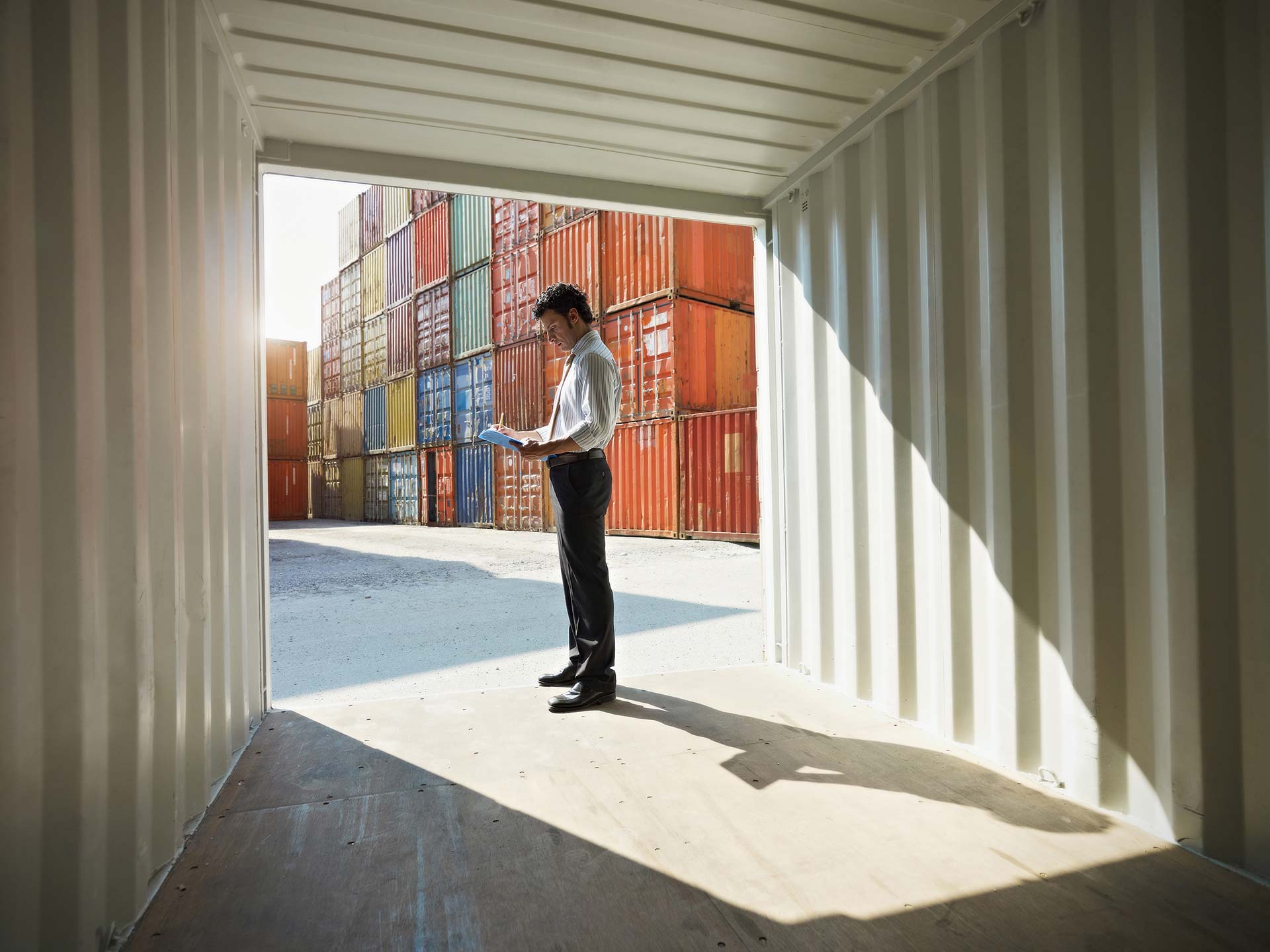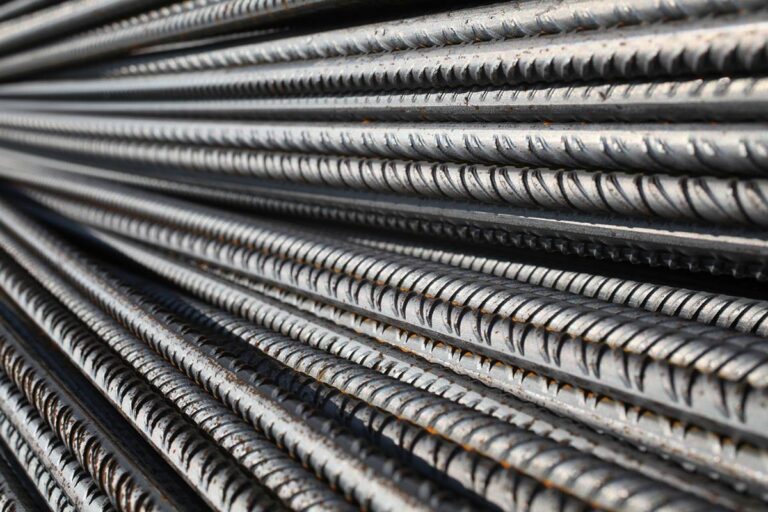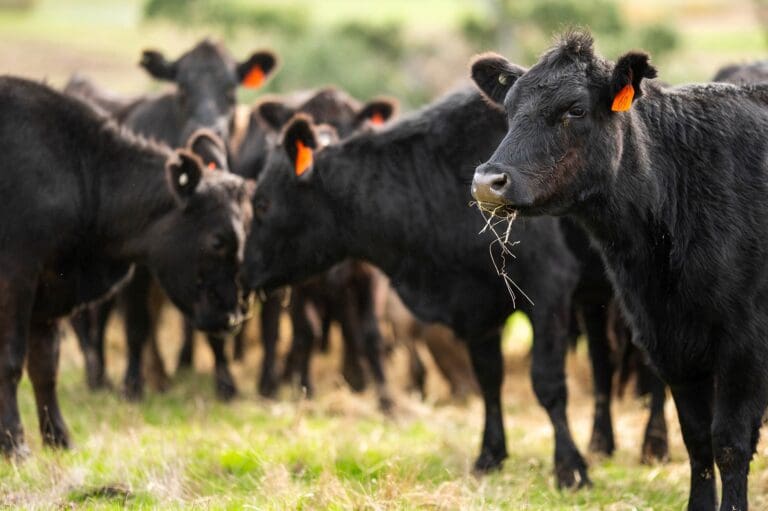Overview
In the latest Global Packaging Index news, the Expana Global Packaging Category Index (ECI) dropped by 1.7% month-on-month (m-o-m) in November to $1,429/mt. The downturn primarily reflects lower raw material costs in both paper production and plastics. Market participants highlight sluggish demand, inventory adjustments, and cost pressures across multiple segments, including plastics, metals, paper, and glass.
Plastics
Weak downstream demand drove plastics prices lower worldwide in November. European prices fell across all segments, influenced by depressed orders and deteriorating manufacturing activity. PET in Europe closed November at €1,174/mt, down 1.9% m-o-m.
In the US, manufacturers cut output to match waning demand, leaving inventories elevated. HDPE prices dropped by 6.2% m-o-m to USc 63/lb. Meanwhile, China showed mixed trends—while a $1.4 trillion stimulus package ignited optimism, current demand remains tepid. PET in China ended November at $740/mt, a 6.0% m-o-m decline.
Metals
Packaging metals faced weak global consumption and sluggish growth prospects, prompting buyers to minimize purchases. Still, aluminum prices remained high, supported by elevated production costs and steady demand. The LME 3-month aluminum futures held stable at $2,612/mt, while alumina surged 21% m-o-m. Market sources, however, consider this alumina price hike speculative.
Aluminum foil prices in the EU, US, and China were relatively stable m-o-m. Aluminum can prices reflected subdued demand, dipping 4% m-o-m in the US and 3% m-o-m in China, while the EU saw a 1% m-o-m increase—primarily due to currency effects.
Hot Rolled Coil (HRC) prices in the EU and US rose 3% and 1.5% m-o-m respectively, aligning with higher import costs. But HRC from China declined, and early December data shows renewed downward pressure on US steel prices.
Tinplate demand remained weak, with spot tinplate prices slipping 1.5% to 2% m-o-m in the EU and US. Chinese tinplate prices also fell by 2% m-o-m amid surplus conditions.
Paper
European paper markets ended 2024 grappling with weak demand and high production costs. While EU paper production grew 3% y-o-y in the first 10 months (rebounding from a 9% y-o-y drop in 2023), gains reflect inventory reductions rather than robust demand. Retail sales showed a modest 2.1% y-o-y uptick in October 2024, yet remain below pandemic-era peaks.
Pulp stabilized at €1,410/mt in Q4 (+21% y-o-y), while waste paper dipped to €69/mt in November (+14% y-o-y). Kraftliner and Testliner prices rose 11% y-o-y, narrowing producers’ margins amid limited export opportunities.
In the US, producers have been more cautious, resulting in lower volatility. US paper production rose 1.4% y-o-y in the first 11 months of 2024, compared to an 8% y-o-y decline in 2023. Balanced supply supported steady Kraftliner and Testliner prices, up 11% and 12% y-o-y respectively.
Glass
Container glass production costs in the UK and Europe climbed in November due to higher natural gas and electricity expenses. Output levels continued to drop, down 4.6% annually, and lines ran below capacity. Weak demand persisted, despite no furnace closures in Europe.
European natural gas prices reached €44.55/MWh (+10.2% m-o-m). Soda ash and silica sand prices declined, while mixed color glass waste stabilized near £80/MT. Remelt packaging recovery notes (PRNs) hit £95/MT before settling around £80/MT, aligning with mixed color glass waste rates.
Conclusion
This month’s Global Packaging Index news underscores a complex landscape marked by fluctuating raw material costs, subdued demand, and selective production strategies. As global markets progress into 2025, stakeholders will closely monitor shifts in consumer demand, regulatory landscapes, and energy costs, all of which shape packaging material pricing and supply dynamics.
Authored by: Artem Segen
Written by Noah Thomas



